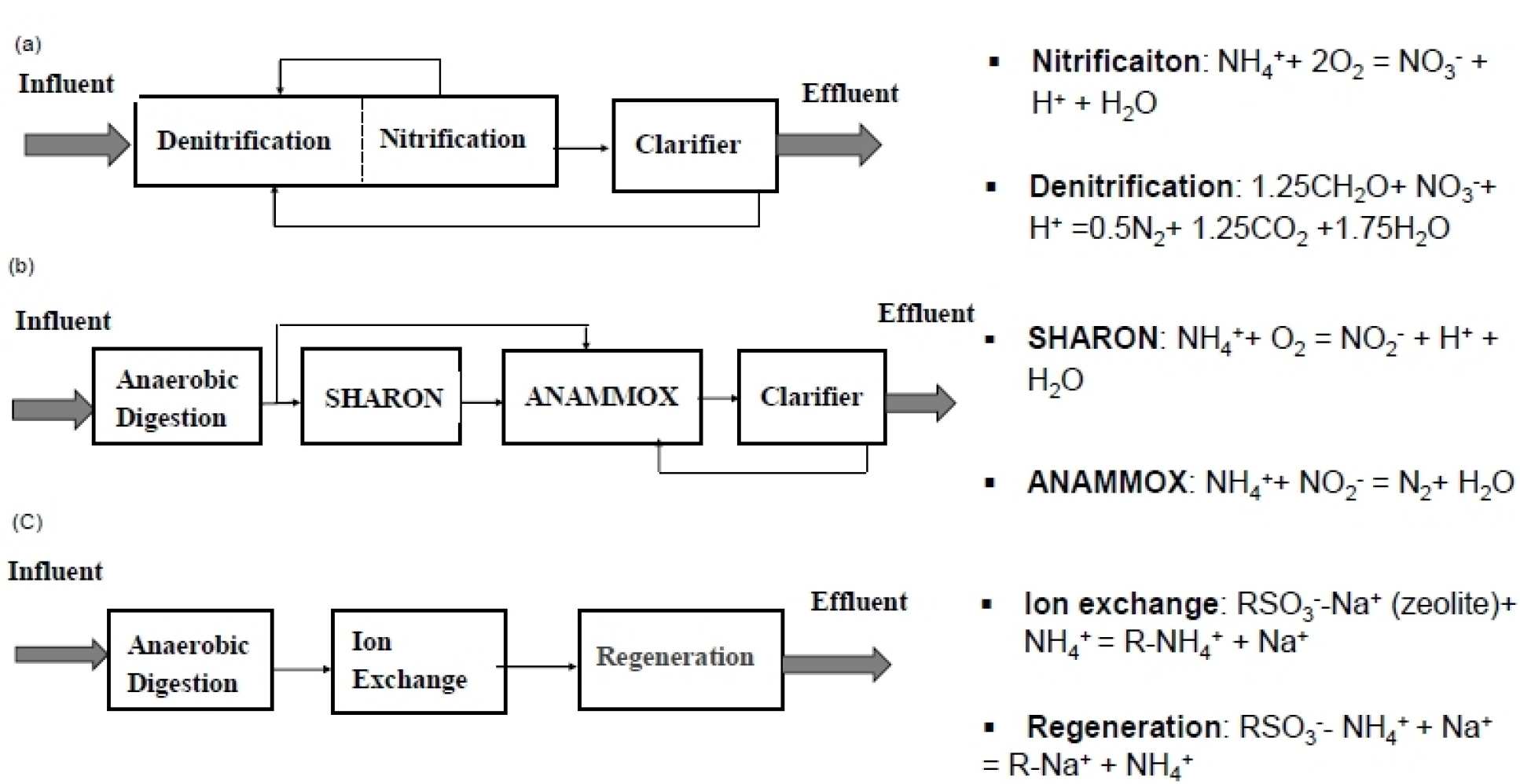Driven by a range of environmental challenges, the circular bioeconomy is expected to develop progressively in the coming decades, where waste sector will play significant roles. Considerable amount of carbon-containing and nutrient-rich wastewater resources are generated every year in the UK, which is estimated as 16 billion litre of wastewater per day. They could be converted via various routes to bioenergy or other products. Anaerobic digestion (AD) is an effective technology for the energetic valorisation of various organic feedstock and the generated biogas has multiple applications e.g. direct utilisation for combined heat and power generation, upgraded bio-methane or compressed as transport fuels as well as the biogas used for methanol/biodegradable plastic (such as PHA) production. In the UK, AD has been promoted as an environmentally favourable option for waste recovery, undergoing significant development since 2011 when Anaerobic Digestion Strategy and Action Plan was launched. By the end of 2014, there were 140 operational AD facilities in the UK with a total capacity of 9.9 million tonnes and over 500 AD projects are under development However, concerns have been raised about over-capacity issues and the energy sector-focused incentive strategies which could incentivise energy production from waste but mitigate against higher value resource recovery and environmentally favourable options. Such risks could be mitigated via the paradigm shift from wastewater treatment plants to an AD-based bioconversion system integrating advanced C conversion and N/P removal/recovery technologies, which are economically beneficial but also lead to environmental savings. However, such paradigm shift would need modelling tools, which consider the sustainability of WWTP synthesis but also support the strategic design of the complex WWTP value chains with different actors (e.g. technology developers and operators, feedstock suppliers, policy-makers) involved in. Our ongoing research aims to
1) investigate the holistic sustainability of alternative N/P removal and recovery routes integrated into WWTPs (e.g. Anammox, and ion exchange), to provide scientific insights into resource recovery options which are instrumental in resolving environmental problems and building a sustainable circular economy[5]; such system evaluation combined with the empirical data derived from our laboratory research provided scientific evidences for supporting the waste resource recovery system design [6, 7].
2) develop a multiple-scale modelling tool to account for environmental and economic sustainability criteria and bridge WWTP synthesis and whole-system level design. In our research, the state-of-the-art technologies are modelled using wastewater simulators. Such decision-making tool considers a wide range of separation, treatment and resource recovery technologies at process level but also can handle complex value chains, where the interactions and behaviours of multi-stakeholders are captured[8].

Contact us
Miao Guo, Principal Investigator and EPSRC Research Fellow,
Department of Chemical Engineering,
Imperial College London, South Kensington Campus
London
SW7 2AZ
Email: miao.guo@imperial.ac.uk
Telephone: +44 (0) 20 7594 3379